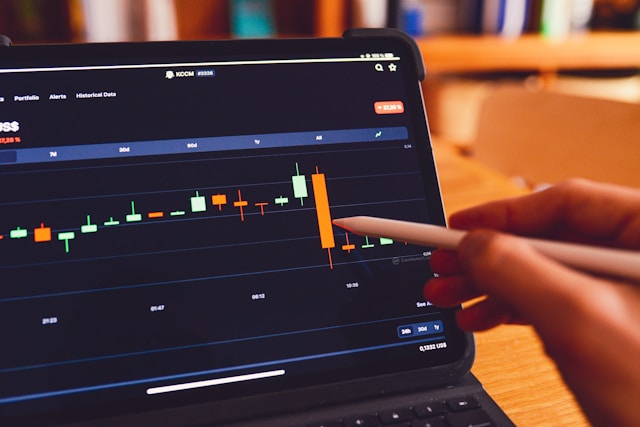Crypto trading can be exciting, but it also comes with certain risks, especially for beginners. The market moves fast, prices swing wildly, and one wrong step can cost you more than you expect. That’s why learning how to manage risk is not optional but essential. In this article, we’ll walk you through key risk management strategies for trading in cryptocurrencies.
Types of Risks in Crypto Trading
Here’s a quick breakdown to help you stay prepared.
- Market Volatility: Crypto markets can fluctuate dramatically in a short span. Prices swing based on speculation, news, or macroeconomic shifts, making it vital to manage trades with discipline and caution.
- Regulatory Risk: Laws governing cryptocurrencies vary across countries and are subject to frequent changes. Sudden government restrictions or tax revisions can impact trading activity, holdings, and even access to certain digital assets or platforms.
- Security Risk: Digital assets face threats from exchange hacks, phishing scams, and wallet breaches. Without strong security practices, beginners may lose funds permanently, as most crypto transactions are irreversible by design.
- Operational and Liquidity Risk: Some platforms may shut down without notice.. Also, low liquidity in certain coins can cause slippage, leading to poor execution or unexpected trading losses.
How to Actively Manage Risk While Trading Crypto?
Now that you understand the risks, let’s walk through some smart, beginner-friendly strategies to protect your money while trading crypto.
1. Stop‑loss & Take‑profit Orders
Stop-loss and take-profit orders are essential tools in a solid crypto trading strategy. A stop-loss automatically exits your position to cap losses if the price drops beyond a set level, protecting you from emotional decision-making.
A take-profit does the opposite. It locks in gains once your target price is hit. Together, they provide structure, limit downside, and help you stick to your plan.
These tools are especially valuable in the fast-moving and often unpredictable crypto market.
2. Diversification
Spreading investments across different cryptocurrencies helps reduce exposure to the failure of any single asset. By holding a mix of mainboard coins, altcoins, stablecoins, and tokens from varied sectors, you cushion your portfolio against extreme price swings.
Correlated assets often move together, so including uncorrelated or less volatile assets can further stabilize returns.
This approach doesn’t guarantee profits but limits damage during downturns and offers a more balanced growth potential, especially important in the unpredictable world of crypto trading.
3. Scaling into Trades
Scaling into trades means entering a position gradually rather than all at once. This reduces the risk of buying at the wrong time and helps manage market volatility.
For beginners, it’s a smart way to test levels and adjust based on price action. You might start with 15-20% of your planned capital and add more as the trend confirms.
This approach helps you avoid emotional decisions and preserve capital during uncertain market moves.
Conclusion
Risk management helps beginner crypto traders avoid big losses and stay in the game longer. By using tools like stop-loss, diversifying coins, and starting small, you protect your money and learn safely. Stay disciplined, and your skills will improve over time.
To learn more, you can enroll in Upsurge.club’s crypto trading course online.
Photo by rc.xyz NFT gallery on Unsplash (Free for commercial use)
Image published on October 26, 2021




